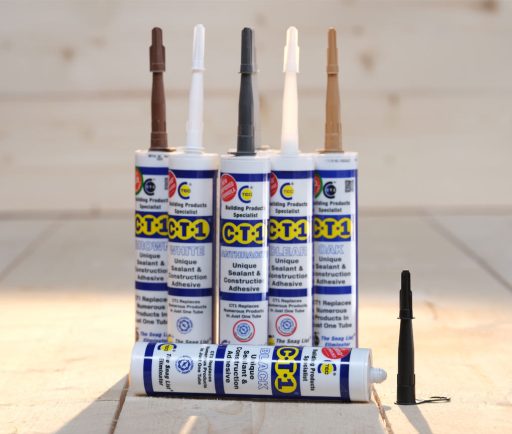This is a vital aspect of gluing skirtings on to walls, ensuring fitting without any mechanical fixing, i.e., nails or screws. Your skirting boards will remain in place even through generations thanks to its solid fix with skirting board adhesive and guarantee to withstand the rigors of daily living.
Clean, dry surfaces
The key to a perfect adhesive application is cleanliness. First, make sure the surfaces of both the new skirting board and walls are clean, dry and free from dust, grease or other contaminants that may prevent adhesion. Wipe the surfaces down with a damp, then dry cloth.
Cutting and Fitting Skirting Boards
Measure and cut the skirting boards to length. Measure the required length and ensure tight angles at the corners using a miter saw or box. Before actually putting adhesive down, dry-fit the boards against each wall so you can make any of those adjustments and also confirm that they fit as desired.
Applying the Adhesive
- Trimming the Nozzle: To start, a medium-sized bead is approx. 45- degrees on the nozzle.
- Beading: Apply a continuous bead of adhesive along the back side of the skirting, ensuring it runs from end to end and extends 10-15mm off the edges.
- Vertical Stripes: Additionally, apply vertical adhesive stripes spaced out in the back to ensure a strong bond between them.
Positioning and Pressing
Position the skirting board carefully against the wall, ensuring it is perfectly aligned. Step 6: Squeeze it along to evenly distribute the adhesive and cover as much wall area as possible.

Securing the Skirting Board
Here’s a simple way to hold skirting in place while the adhesive sets: use masking tape or clamps as temporary fixing aids. Avoid using too much pressure, which may push out the glue or cause the board to rubberize.
Allowing Time to Cure
Just like gluing vinyl flooring down, you must leave the skirting boards lying for at least 24 hours while waiting for the adhesive to completely cure. This curing time period is essential to getting the joint as strong as possible.
Finishing Touches
After the adhesive has set, remove any temporary fixing aids and check for gaps between the skirting board and wall surfaces. You can fill these gaps with decorator’s caulk for a flawless finish.
These DIY tricks will save you a sensible sum of money whilst still maintaining that polished look your skirting boards need for improved aesthetics and durability with white ct1. Always check with the adhesive manufacturer to see what their requirements are for your specific adhesive.
